In the food packaging and fresh produce preservation industry, nitrogen, as a natural “anti-corrosion guardian”, becomes the core support for extending the shelf life of food and retaining nutritional flavors by isolating oxygen and inhibiting microbial reproduction and oxidation reactions. Minnuo has been deeply engaged in PSA nitrogen generation technology for many years, providing the industry with stable, efficient, and energy-saving nitrogen supply through comprehensive equipment solutions, accurately meeting the full-scenario needs from berry preservation to meat freshness locking.
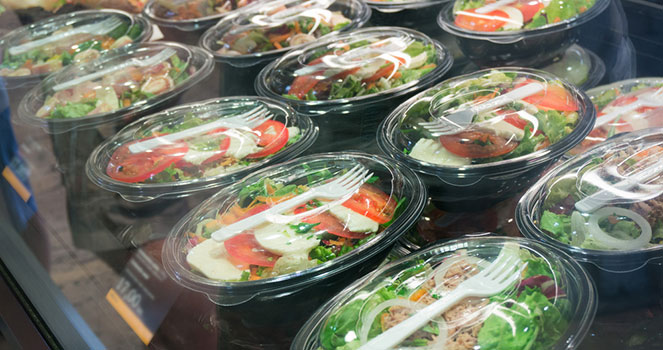
I. Core Technology Analysis: How PSA Nitrogen Generators “Extract” Preservation Power from Air
The food and fresh produce industry has strict requirements for the purity, stability, and safety of nitrogen. Minnuo PSA nitrogen generators rely on mature pressure swing adsorption (PSA) technology to achieve efficient conversion from air to high-purity nitrogen. The core principle can be summarized as a cyclic process of “adsorption – separation – regeneration”.
As the “heart” of the nitrogen generation system, carbon molecular sieve is the key medium for nitrogen-oxygen separation. This adsorption material with a microporous structure has a stronger affinity for oxygen molecules. When purified compressed air enters the adsorption tower, impurities such as oxygen and carbon dioxide are preferentially adsorbed on the surface of the molecular sieve, while nitrogen, due to its weaker adsorption force, passes through the gaps of the molecular sieve and is enriched into product gas. To achieve continuous nitrogen supply, Minnuo nitrogen generators adopt a dual-tower parallel design, with an intelligent control system precisely regulating the timing. While one tower is under pressure for adsorption to produce nitrogen, the other tower undergoes decompression desorption to release the adsorbed impurities and complete regeneration. The two towers operate alternately to ensure continuous nitrogen output, and the qualified purity can be achieved within 15-30 minutes after startup.
In response to the special needs of the food industry, Minnuo strictly controls the selection of core components: food-grade stainless steel cabinets and molecular sieves with a special filling process are used, which not only prevent equipment rust and pollution but also avoid molecular sieve pulverization affecting nitrogen purity. The supporting refrigerated dryer and multi-stage air filter can reduce the oil content in compressed air to below 0.001ppm, with a dust filtration precision of 0.01μm, ensuring that the nitrogen cleanliness meets food contact standards from the source.
II. Intelligent Operation Mode: Flexible Nitrogen Supply Solutions Adapted to Fresh Produce Preservation Scenarios
Food and fresh produce enterprises have significant differences in production rhythms and gas demand. Minnuo nitrogen generators, through modular design and intelligent control, have built an operation system adapted to diverse scenarios.
In terms of operation control, the equipment is equipped with an imported PLC control system, which can display key parameters such as nitrogen purity, flow rate, and pressure in real-time and support flexible adjustment according to production needs. For the intermittent production of small food factories, the equipment can realize unattended automatic operation, automatically starting nitrogen production when gas is needed and entering low-power standby mode when shut down. For the continuous gas demand of large-scale fresh produce processing lines, Minnuo’s complete set of equipment adopts a skid-mounted integrated design, integrating the air compressor, dryer, adsorption tower, and air storage tank into one unit, covering an area of only a few square meters. It can be put into use on-site only by connecting to the power supply, meeting the requirements of high-load continuous operation.
From the perspective of specific application scenarios, Minnuo nitrogen generators demonstrate strong adaptability: they provide nitrogen with a purity of ≥99.5% for the packaging of berries such as strawberries and blueberries, and when combined with precise oxygen control technology, the preservation period can be extended to 30 days, with the vitamin C retention rate increased by 40%; for the modified atmosphere packaging of fresh meats such as beef and salmon, the nitrogen proportion can be adjusted to more than 95%, effectively inhibiting fat oxidation and microbial reproduction, extending the shelf life by 3-5 days, and reducing the total number of colonies by 80%; for the production lines of puffed foods such as potato chips, the equipment can stably output nitrogen with a purity of ≥99.9%, slowing down the rate of oil rancidity and maintaining the crispness of the product for more than 72 hours after opening the package.
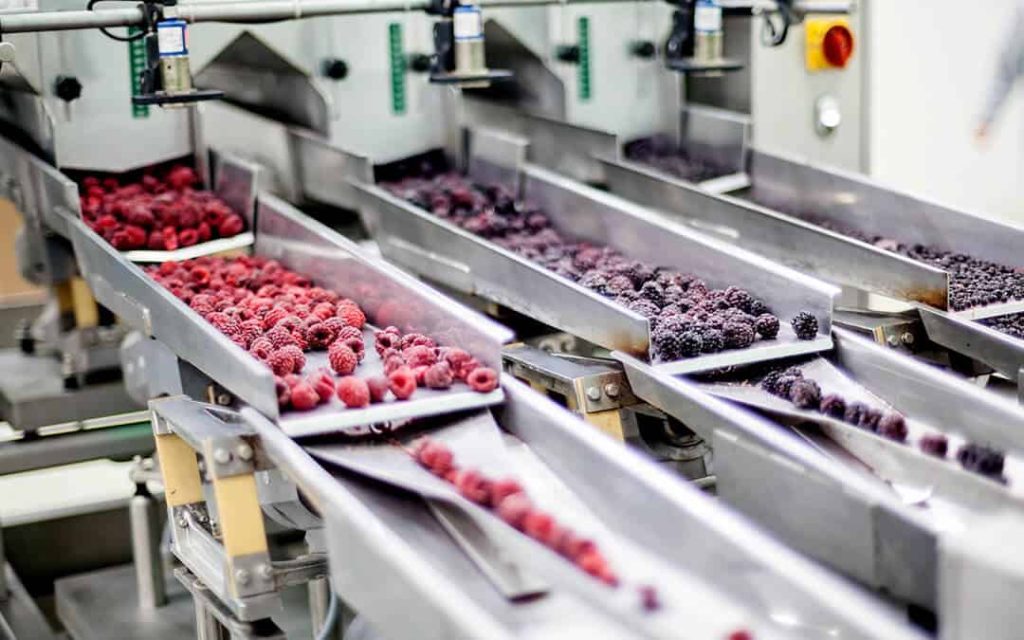
III. Peer Comparison: Minnuo Nitrogen Generators Highlight Core Competitiveness
In the highly competitive nitrogen generation equipment market, Minnuo has formed a differentiated advantage of “reliable performance and high cost-effectiveness” through technological optimization and cost control, with significant highlights compared to mainstream brands:
| Comparison Dimension | Industry Conventional Products | Minnuo Nitrogen Generator |
| Energy Consumption Performance | Mostly use fixed-frequency air compressors with high no-load energy consumption | Standard-equipped with permanent magnet variable-frequency air compressors, reducing energy consumption by 15%-25% when load fluctuates |
| Purity Control | Narrow purity adjustment range and average stability | Wide adjustment range of 95%-99.99%, with a fluctuation of ≤±0.5% |
| Food Adaptability | Ordinary carbon steel cabinets with low filtration precision | 304 stainless steel cabinets, multi-stage filtration meeting food-grade standards |
| Service Response | After-sales response cycle of more than 72 hours | On-site service within 48 hours, localized supply of spare parts |
| Full-Life Cycle Cost | High operating electricity costs and frequent maintenance | Annual energy consumption cost reduced by 30%, molecular sieve service life extended to more than 5 years |
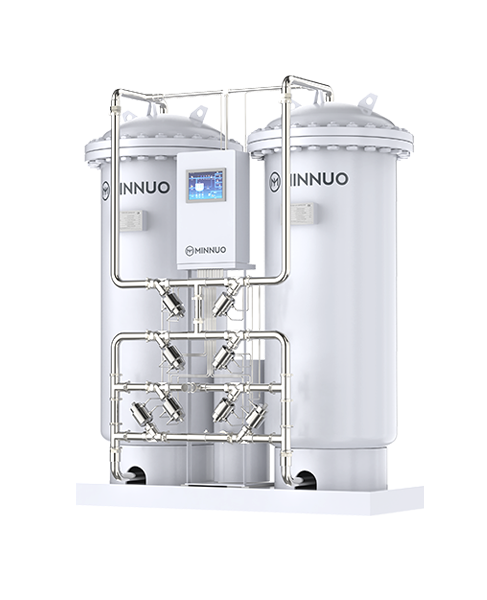
Compared with international brands such as Gusu and Atlas, Minnuo has significantly lowered the initial investment threshold of equipment while maintaining the compliance of core performance. Moreover, through localized production and service networks, it has compressed the fault response time to within 48 hours, far exceeding the 72-hour standard of international brands. Compared with products of small and medium-sized brands, Minnuo has obvious advantages in energy consumption control: the adopted two-stage compression variable-frequency technology enables the system energy efficiency to reach more than 65%, and combined with the isobaric ratio inter-stage pressure optimization, the energy consumption per unit nitrogen production is reduced by 30% compared with traditional models, showing a significant long-term operating cost advantage.
IV. Ways to Save Energy Consumption: Full-Link Cost Reduction Design from Equipment to System
Energy consumption cost is the core component of the full-life cycle cost of nitrogen generation equipment. Minnuo has built a multi-dimensional energy-saving system from technological research and development to system integration.
At the core technology level, the intelligently variable-frequency synchronous control system independently developed by Minnuo has become the key to energy conservation. This system can monitor the flow changes at the gas consumption end in real-time. When the gas consumption of the production line fluctuates by 30%, it can adjust the air compressor speed and the working state of the adsorption tower within 0.1 seconds, stabilizing the nitrogen pressure within the range of ±0.1bar and avoiding energy waste caused by the “big horse pulling a small cart” phenomenon of traditional fixed-frequency equipment. For the energy consumption optimization in the molecular sieve regeneration process, Minnuo adopts pressure equalization adsorption technology, which recovers part of the nitrogen during the pressure relief of the adsorption tower for the pressure rise of the other tower, reducing the consumption of compressed air and further lowering energy consumption.
In terms of system matching, Minnuo adheres to the “tailor-made” design concept. Engineers will accurately calculate the required nitrogen flow rate and purity according to the customer’s daily production scale, packaging type, and workshop layout, and recommend the most suitable equipment model: for small customers with a single pillow-type packaging machine, a model with a nitrogen production capacity of 3Nm³/h is matched, and the supporting air compressor power is only 5.5kW; for production lines with more than two parallel packaging machines, models with a nitrogen production capacity of 5Nm³/h and above are recommended to ensure that the equipment load rate is always maintained in the high-efficiency range, avoiding energy waste caused by “small equipment for large-scale use” or “large equipment for small-scale use”.
Practical application data shows that after a chain braised food enterprise adopted Minnuo nitrogen generators, the annual gas consumption cost was reduced by 60% compared with the previous use of bottled nitrogen; the central kitchen of a fresh food supermarket reduced the daily power consumption of the nitrogen generation system from 80 kWh to 55 kWh through equipment energy-saving transformation, saving more than 10,000 yuan in electricity costs annually, and at the same time, the nitrogen utilization rate was increased from 75% to 99.999%.
V. Engineer’s Perspective: Key Considerations for Using Nitrogen Generators in the Food and Fresh Produce Industry
Based on the application experience of more than 1,000 industry cases, Minnuo’s engineering team has summarized the core considerations for food and fresh produce enterprises to use nitrogen generators, helping customers achieve efficient equipment operation and maintenance and safe nitrogen use.
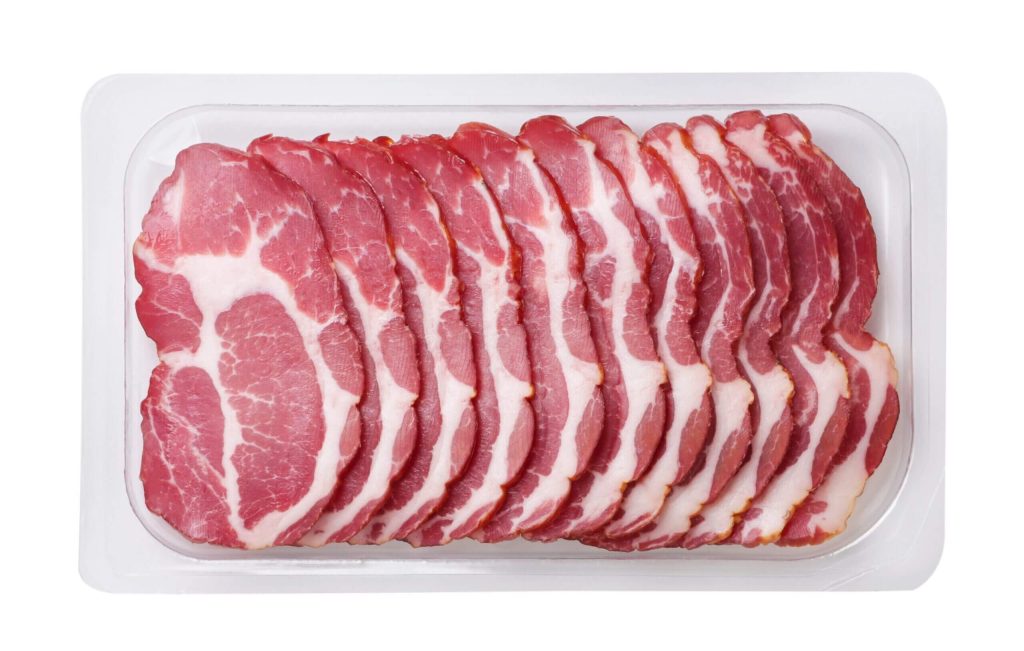
(I) Preliminary Model Selection: Precise Matching is the Basis for Energy Conservation
Three core parameters should be clarified during model selection: the nitrogen purity should be determined according to the type of food – modified atmosphere packaging for fresh meat requires ≥99%, puffed food requires ≥99.5%, and ordinary dry food packaging can be relaxed to 95%-97%; the nitrogen production capacity should reserve a 20% redundancy to avoid insufficient gas supply during peak periods; the pressure should be compatible with the packaging machine – generally, the pressure required by food packaging equipment is 0.1-0.65MPa, and excessively high pressure will cause energy waste. At the same time, workshop environment factors should be considered: dehumidification devices should be installed in areas with high humidity, and the air pretreatment system should be upgraded in processing workshops with more dust.
(II) Daily Maintenance: Details Determine Equipment Service Life and Nitrogen Quality
Before starting the equipment every day, check the filter pressure difference and drainage status; clean the dust at the equipment heat dissipation port every week; replace the precision filter element every month; check the molecular sieve performance and the airtightness of the pneumatic valve every quarter. Special attention should be paid to the cleaning requirements of the food workshop: the equipment surface should be regularly wiped with food-grade disinfectants to avoid oil and dust accumulation polluting the production environment. When abnormalities such as a decrease in nitrogen purity and pressure fluctuation occur, the fault diagnosis system built into the equipment can be used for troubleshooting, or contact Minnuo’s after-sales team for remote guidance. Do not disassemble the core components by yourself.
(III) Safety Specifications: Adhere to the Bottom Line Requirements of Food Production
The equipment should be installed away from fire sources and heat sources, with good ventilation to avoid local oxygen deficiency caused by nitrogen leakage; operators should be trained before taking up their posts, familiar with emergency handling procedures, and regularly check the airtightness of nitrogen pipeline interfaces to prevent impact on food quality or safety hazards due to leakage. In addition, it is recommended to entrust a third-party testing agency to test the nitrogen purity and cleanliness every year to ensure compliance with the requirements of GB 29202-2012 “National Food Safety Standard – Food Additive Nitrogen”.

From technical principles to practical applications, from energy consumption control to operation and maintenance support, Minnuo PSA nitrogen generators, with comprehensive equipment solutions and professional services, have become reliable partners of food and fresh produce enterprises. In today’s era where the “freshness economy” is becoming increasingly prominent, Minnuo will continue to optimize the nitrogen generation experience through technological innovation, helping the industry achieve the development goals of “longer preservation period, lower energy consumption, and higher quality”.

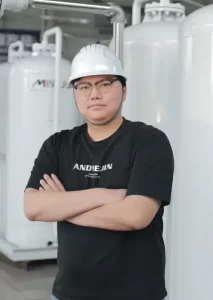

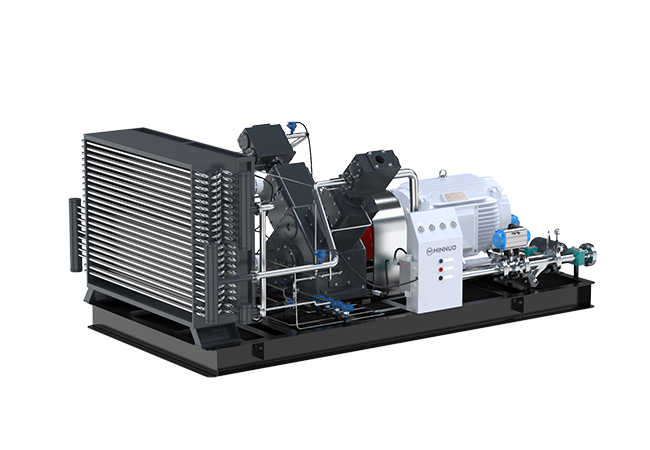
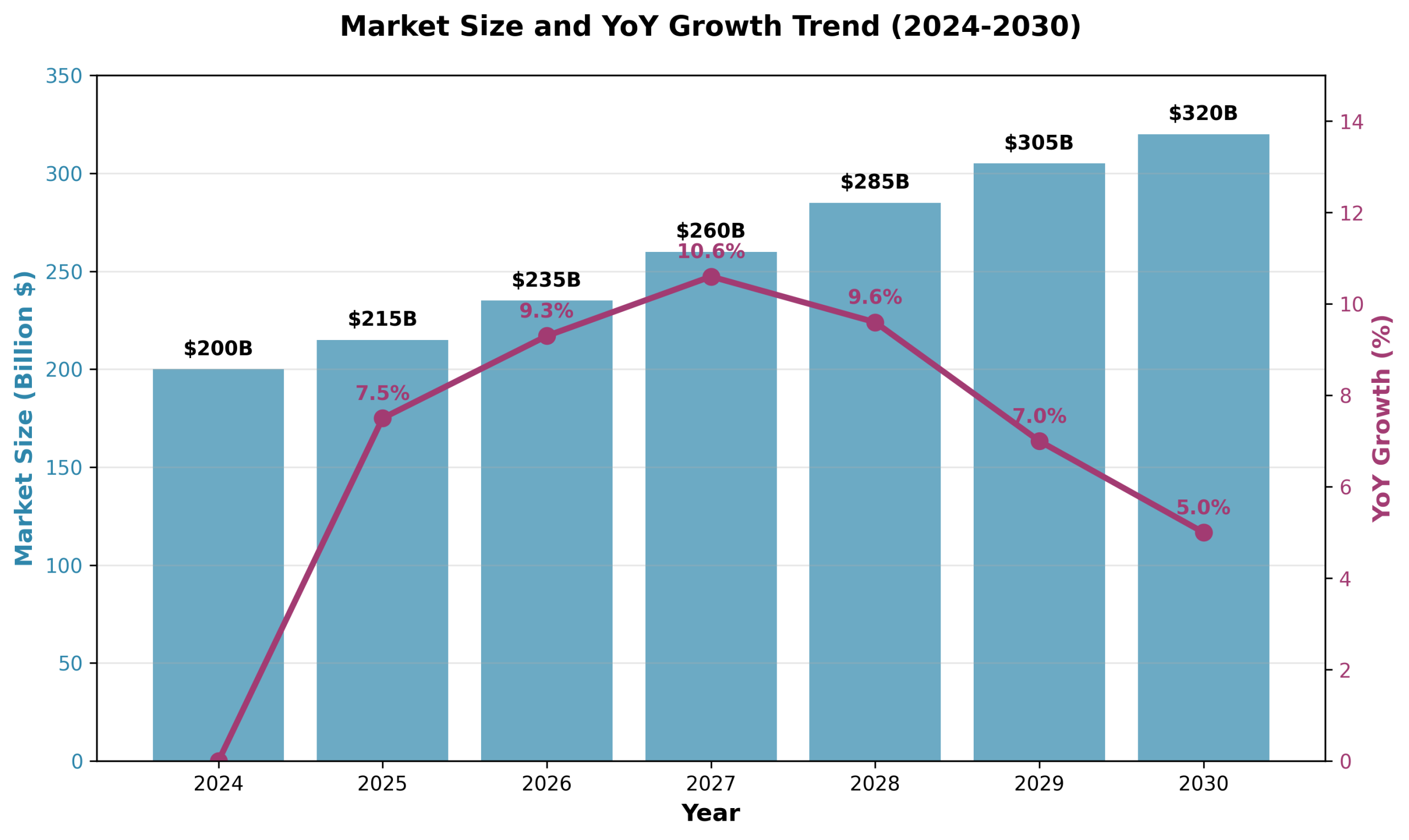

 sales2:+86 17506119168
sales2:+86 17506119168

